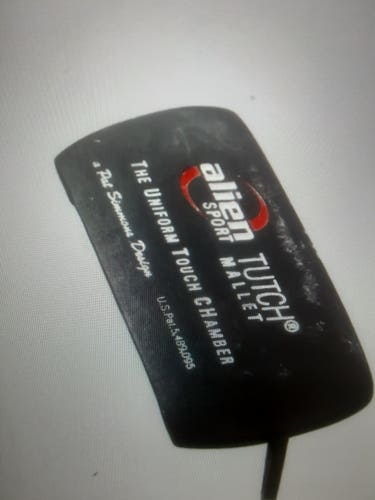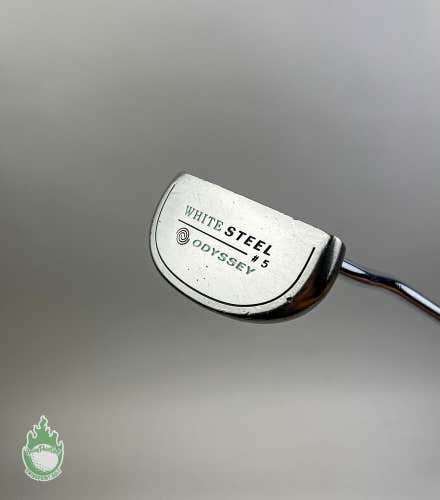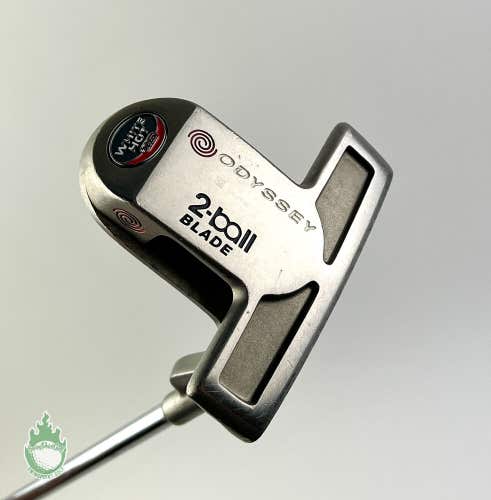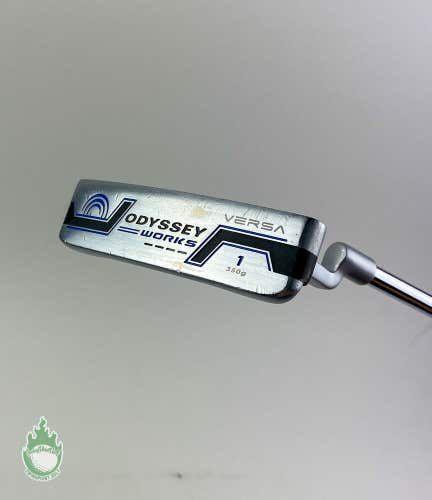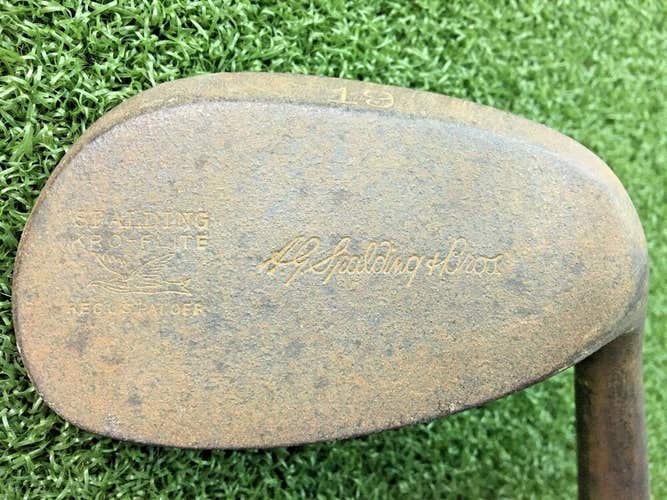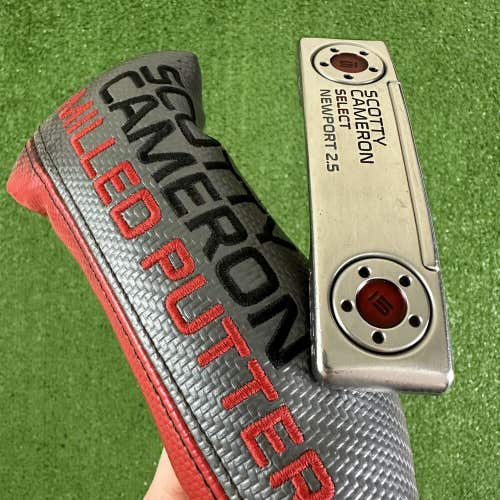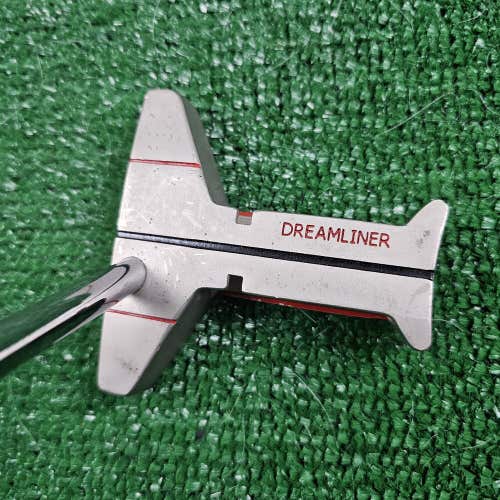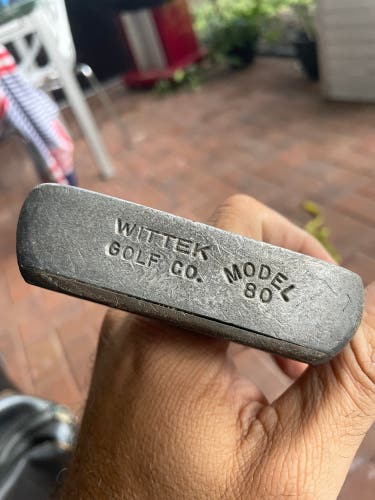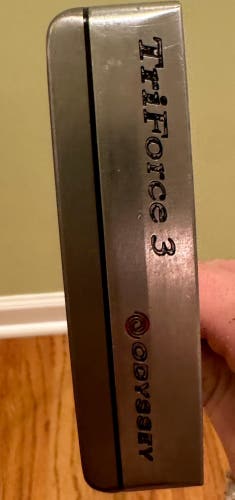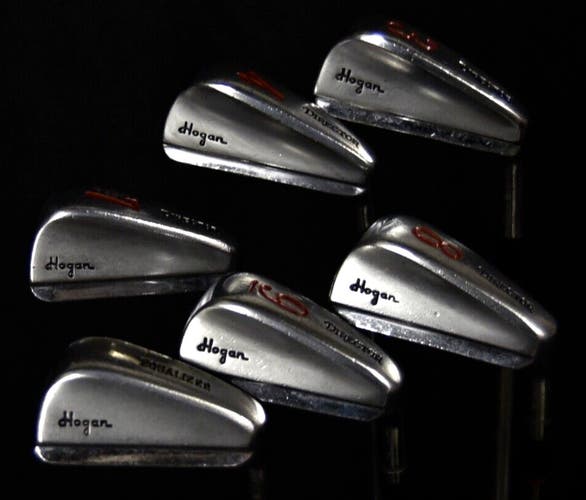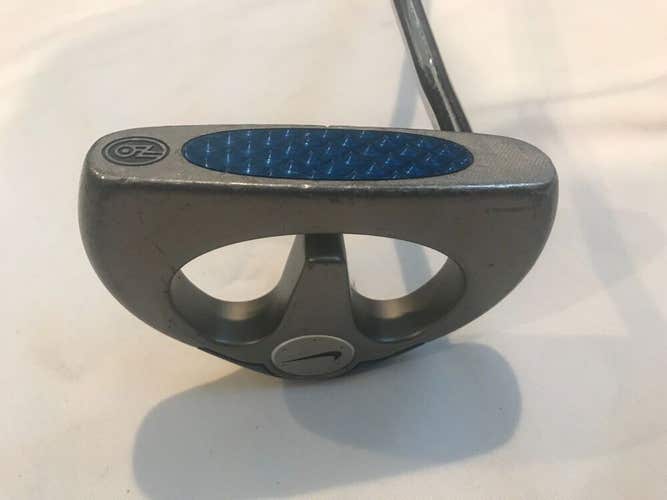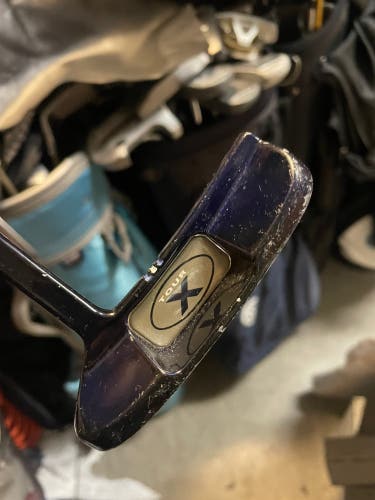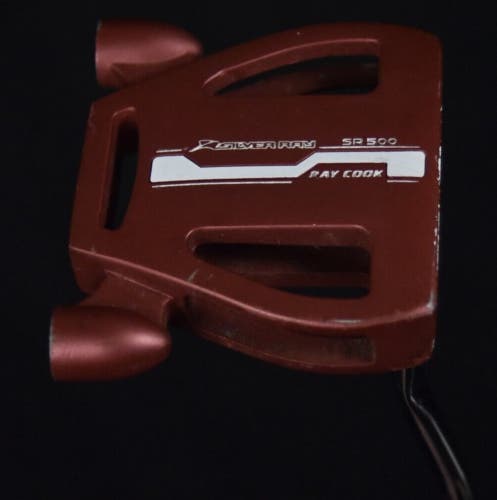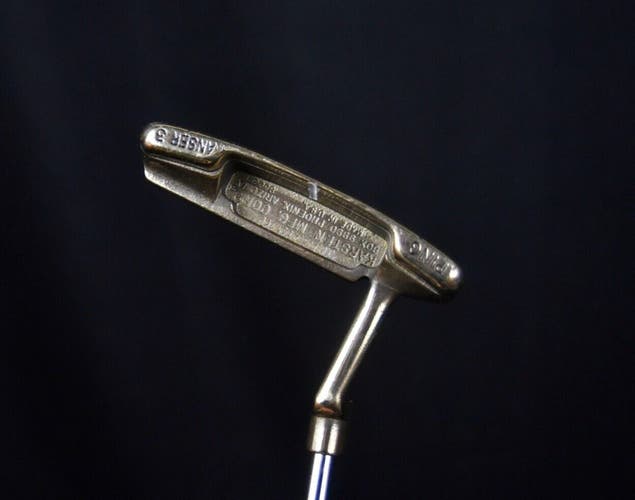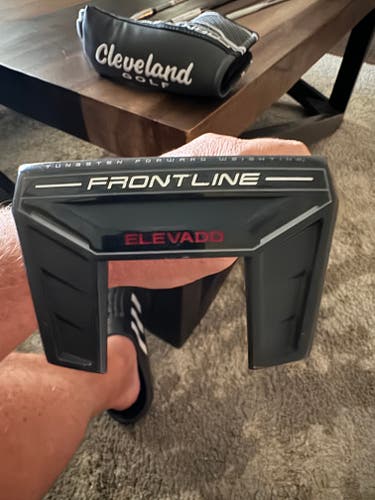Popular Golf Putters
See more Popular Golf Putters
Evnroll ER
842 Available

Odyssey White Hot
141 Available
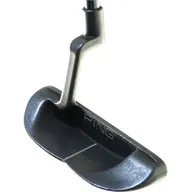
Ping B60
38 Available
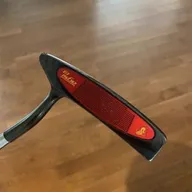
TaylorMade Rossa
51 Available

Ping Karsten
119 Available

Ping TR
148 Available

Odyssey Ai-One
134 Available

Odyssey Dual Force Rossie II
40 Available

Ping Anser
55 Available
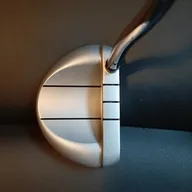
Odyssey Stroke
216 Available
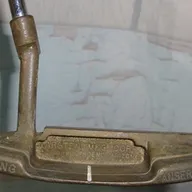
Ping Anser 3
31 Available

Odyssey DFX
33 Available
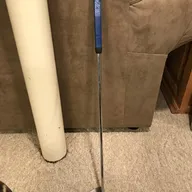
Ping Go
15 Available

Tommy Armour Tommy Armour
45 Available

Ping Anser 2
45 Available

Ping CU
49 Available

Ping Pal
70 Available
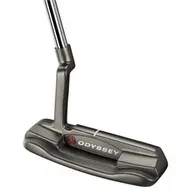
Odyssey White Hot Pro
27 Available

Titleist Dead Center
24 Available

Evnroll Er2
24 Available
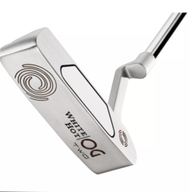
Odyssey White Hot OG
20 Available

Ping Darby
9 Available
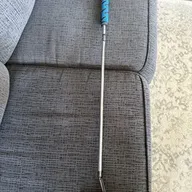
Wilson Fat Shaft
4 Available
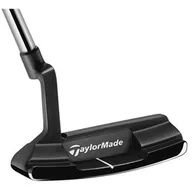
TaylorMade Ghost Tour
19 Available
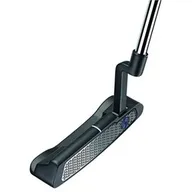
Odyssey Works
16 Available
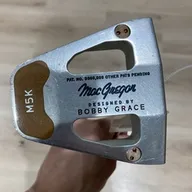
MacGregor Bobby Grace
26 Available
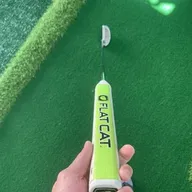
Callaway Bobby Jones
10 Available

Odyssey Dual Force 550
13 Available

Cleveland Huntington Beach Soft
26 Available

Ping Kushin
22 Available
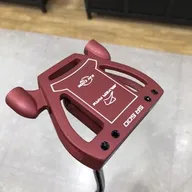
Ray Cook Ray Cook
48 Available
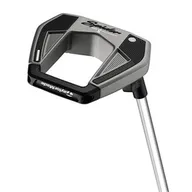
TaylorMade Spider S
11 Available
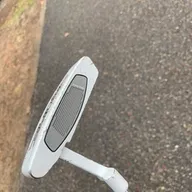
TaylorMade White Smoke Big Fontana
13 Available
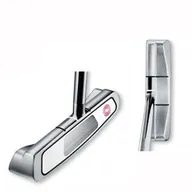
Odyssey White Steel
31 Available
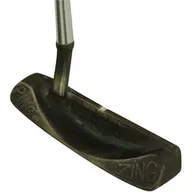
Ping Zing
19 Available
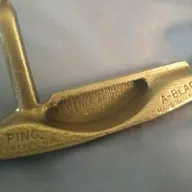
Ping A-Blade
9 Available

Ping Anser 4
15 Available

Cobra Baffler blade
20 Available
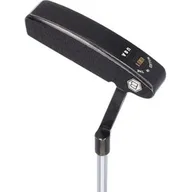
Bettinardi BB1
8 Available

Odyssey Black Series
14 Available
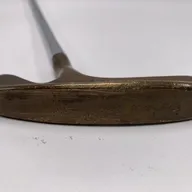
Acushnet Bullseye
28 Available
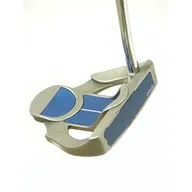
Ping CRAZ-E
6 Available
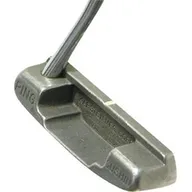
Ping Cushin
16 Available
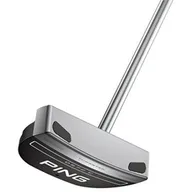
Ping DS
23 Available
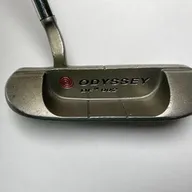
Odyssey Dual Force 992
10 Available

Evnroll er5
18 Available
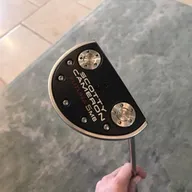
Scotty Cameron Futura 5MB
13 Available
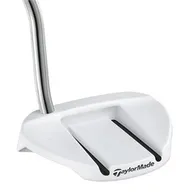
TaylorMade Ghost
11 Available
Shop by Brand
OdysseyPingTaylorMadeScotty CameronEvnrollTitleistHEADWilsonCobraClevelandCallawayMizunoNikeTour EdgePXGTop FliteAdamsArnold PalmerSrixonLynxMaxfliAdidasAldilaXXIOBridgestoneGolf PrideGolfworksSuper StrokeWilson Staff
1,271 Results

golfclubbrokers

golfclubbrokers

blakesgolfshop
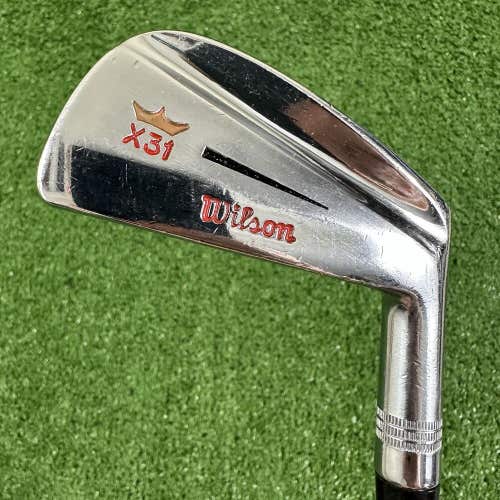
central_golf

central_golf
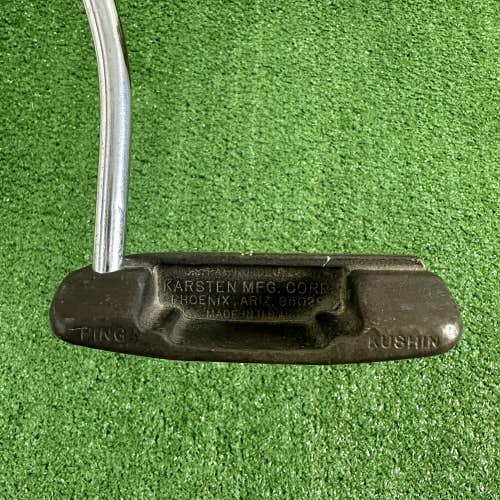
central_golf
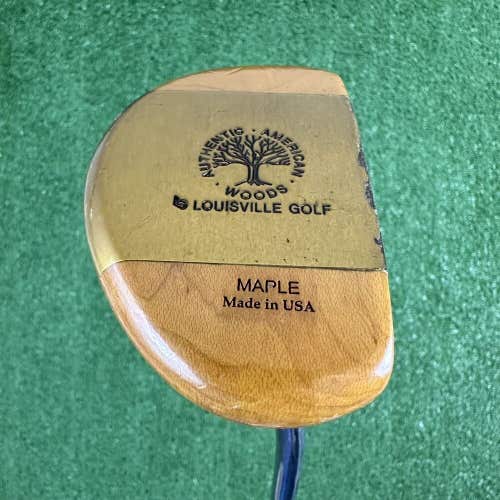
central_golf
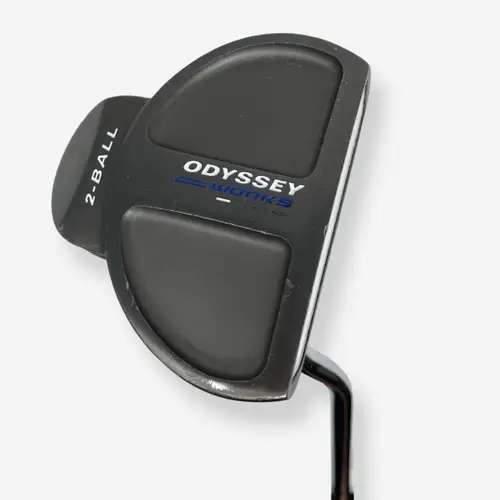
Cannonsclubs

golfclubbrokers

HSWorkshop

PayLessPlayMore

